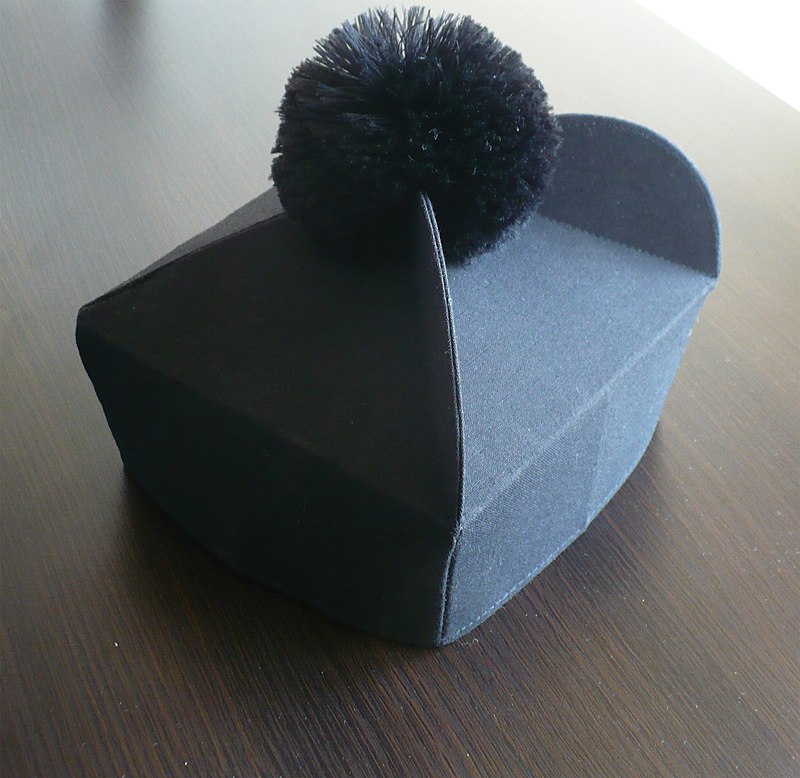Text from Wikipedia - the free encyclopaedia,
unless otherwise stated.
Pope Saint Hyginus. (138 A.D. - 142 A.D.)
This File: 14 September 2006.
User: TPM
(Wikimedia Commons)
Pope Hyginus (
♰ 142 A.D.) was the
Bishop of Rome from 138 A.D. to 142 A.D. Tradition holds that during his Papacy he determined the various prerogatives of the Clergy and defined the grades of the Ecclesiastical hierarchy. However, modern scholars tend to doubt this claim and view the governance of The Church of Rome during this period as still more or less collective.
According to The
Liber Pontificalis, Hyginus was Greek, born in
Athens. The source further states that he previously was a philosopher, probably founded on the similarity of his name with that of two Latin authors.
Irenaeus says that the
Gnostic,
Valentinus, came to Rome in Hyginus's time, remaining there until
Anicetus became
Pontiff (
Against Heresies, III, iii).
Cerdo, another Gnostic, and predecessor of
Marcion, also lived at Rome in the reign of Hyginus; by confessing his errors and recanting, he succeeded in obtaining re-admission into the bosom of The Church, but eventually he fell back into the
Heresies and was expelled from The Church. How many of these events took place during the time of Hyginus is not known.
The Liber Pontificalis also relates that this Pope organised the hierarchy and established the order of Ecclesiastical precedence (Hic clerum composuit et distribuit gradus). This general observation recurs also in the biography of
Pope Hormisdas; it has no historical value, and, according to
Duchesne, the writer probably referred to the Lower Orders of the Clergy.
The ancient sources contain no information as to his having died a
Martyr. At his death, he was buried on The
Vatican Hill, near the tomb of
Saint Peter. His
Feast is Celebrated on 11 January. Three Letters, attributed to him, have survived.
According to
Eusebius (
Church History, IV, xv.), Hyginus succeeded
Telesphorus during the first year of the reign of Emperor
Antoninus Pius, i.e. in 138 A.D., or 139 A.D. Eusebius (Church History, IV, xvi) states that Hyginus's Pontificate lasted four years.
The following is taken from The Saint Andrew Daily Missal."At Rome, the holy death of Saint Hyginus, Pope, who generously suffered Martyrdom during the Persecution of Emperor Hadrian" (Roman Martyrology) perhaps about 142 A.D.
Commemoration: In Mass: Of The Octave of The Epiphany, plus Collects from Mass: Státuit, if The Feast of Saint Hyginus is not kept.
If the Feast of Saint Hyginus be kept:
Mass: Státuit.
Simple.
Red Vestments.

